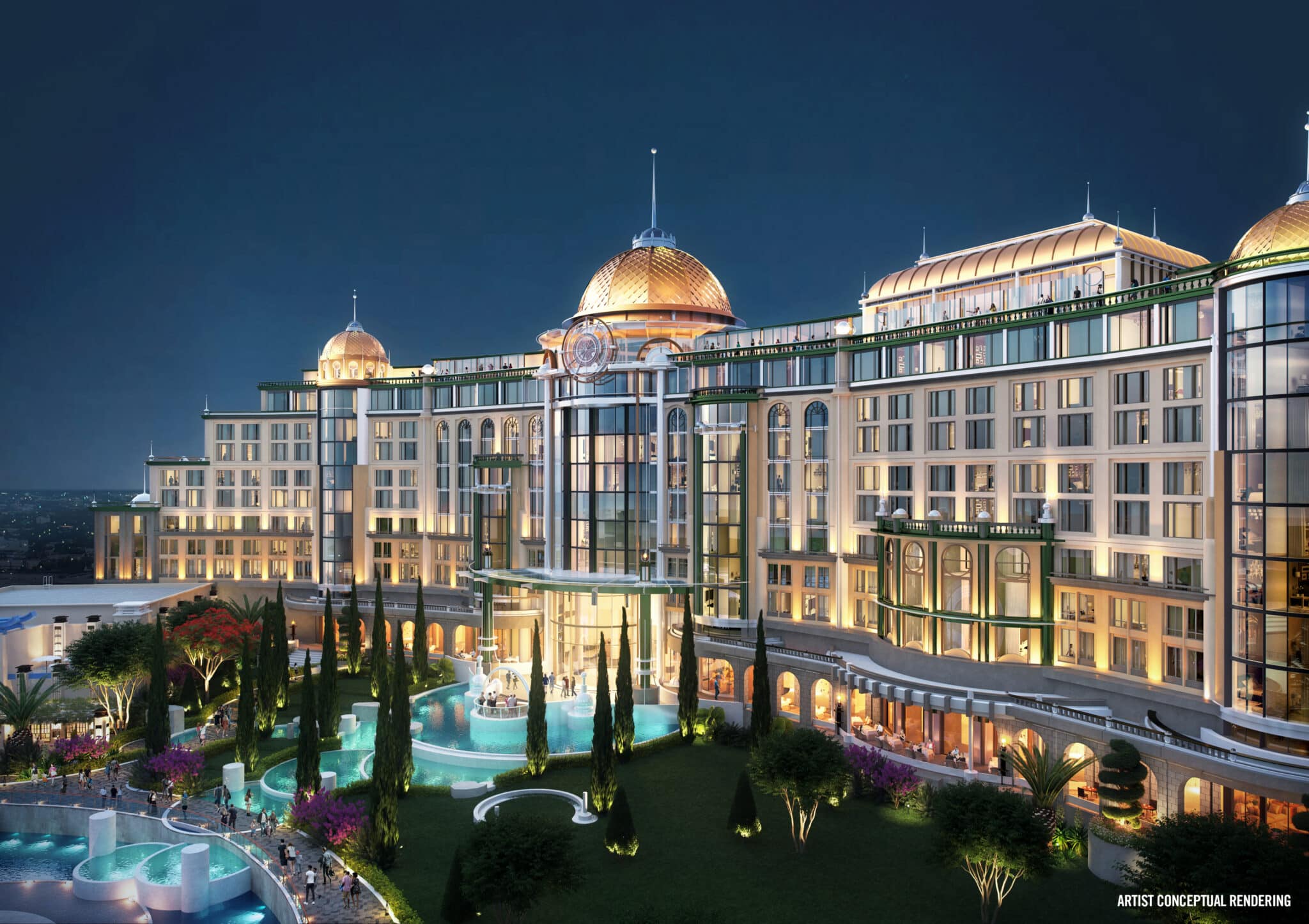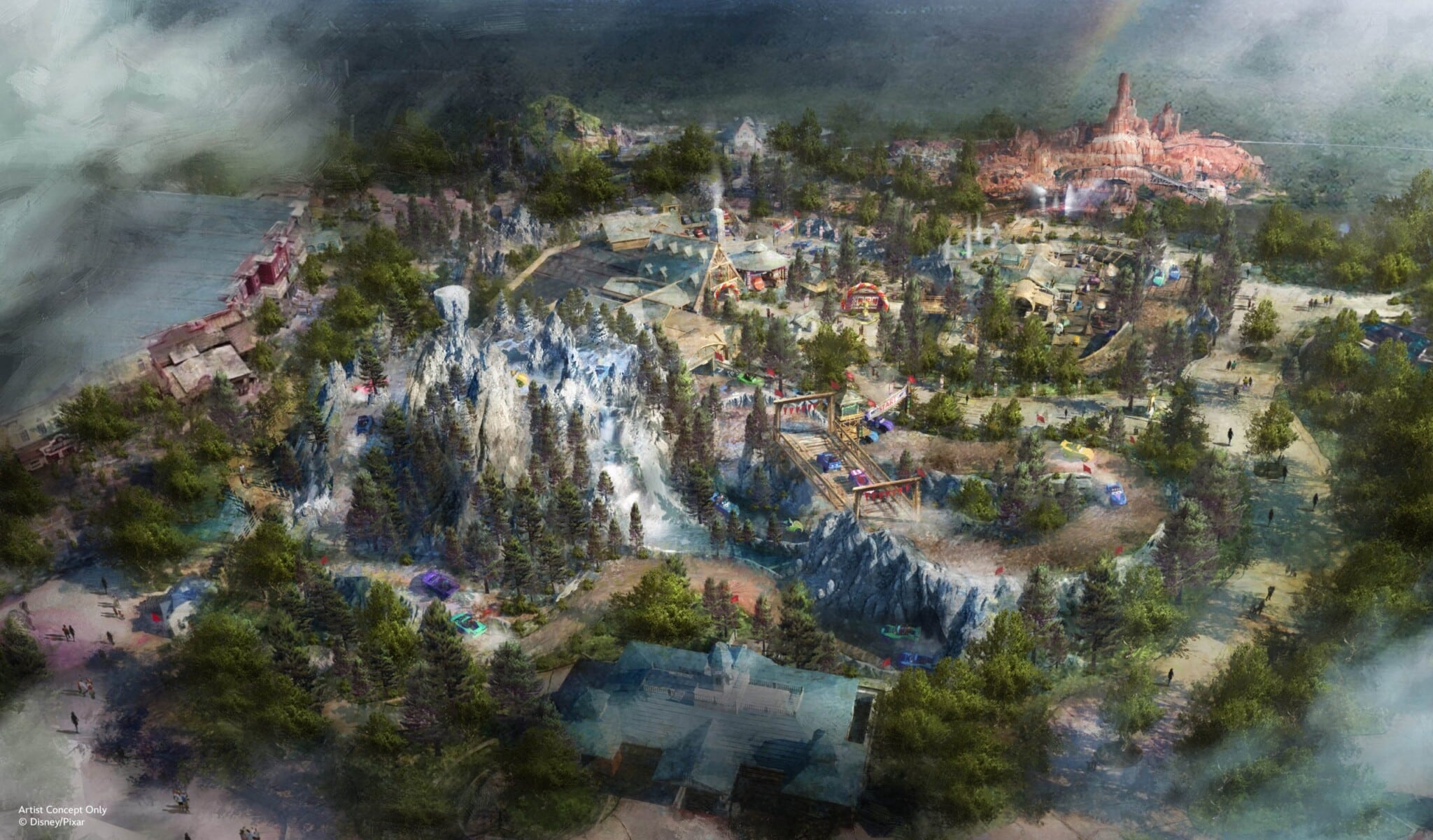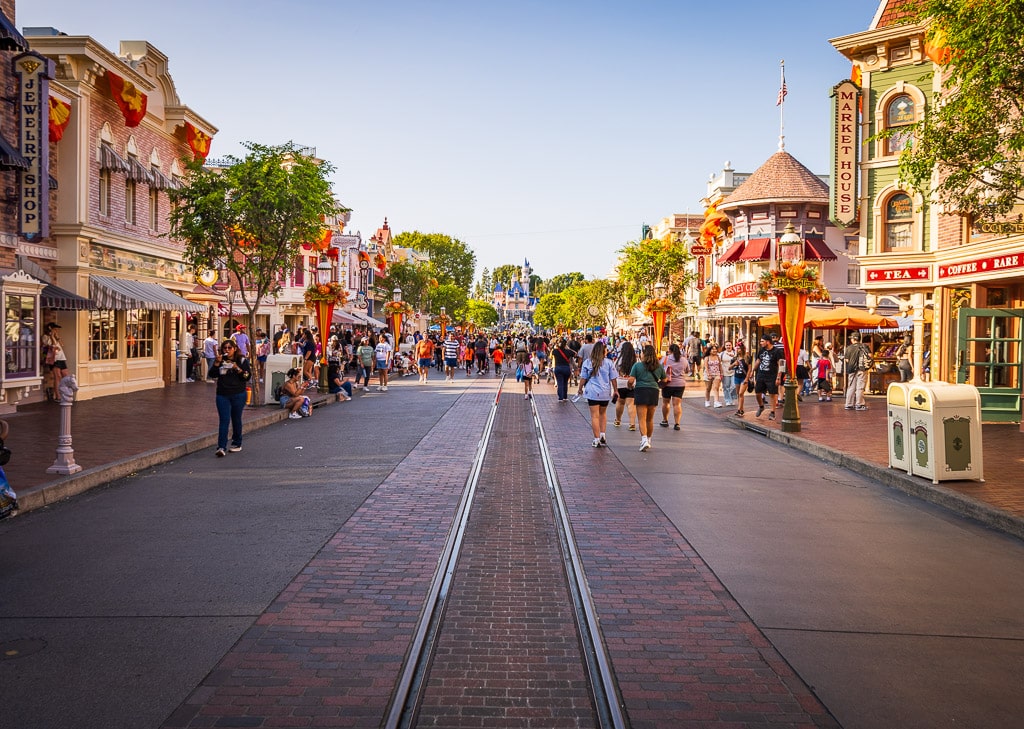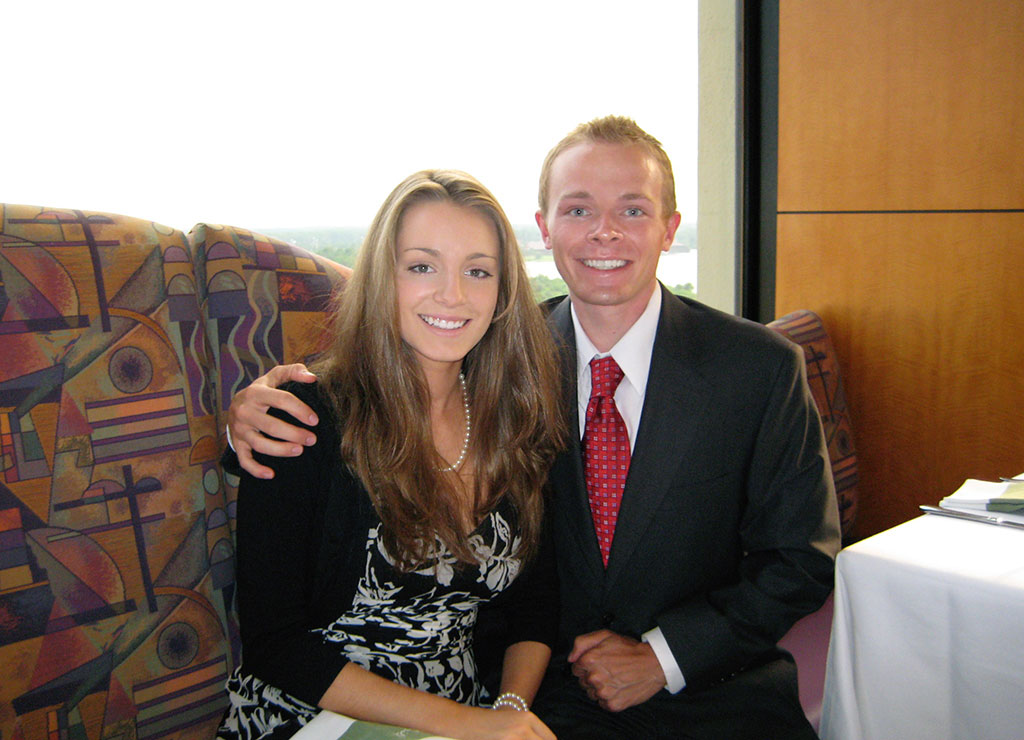
For well over a decade, there were complaints that the Disney Dining Plan ruined restaurants. While planning our first time using the DDP back in 2007, I remember worrying as I read online forums as there were countless claims the Walt Disney World had gotten worse because of the Disney Dining Plan.
My fears were allayed after our very first night, with one of the most memorable meals we’ve ever had. We got dressed up, took the monorail over to the Contemporary, and enjoyed a fine feast at California Grill. That was our second trip back to Walt Disney World together as adults and was the night that got us forever hooked.
I don’t recall any other meal with that degree of vividness from that trip over 15 years ago. Frankly, I don’t remember most at all–but that dinner at California Grill is seared in my memory. But we dined at several Signature Restaurants and hidden gems, quickly becoming Walt Disney World food enthusiasts in the process. I will also admit that I subsequently found myself buying into the fear that the Disney Dining Plan would ruin restaurants at Walt Disney World. An odd concern, to be sure, given that it’s what turned us onto restaurants as an integral part of the Disney experience.
In retrospect, I can admit that my opinion of the Disney Dining Plan in those days ebbed and flowed with price increases and whether we were getting it for “free.” (Good if so, bad if not.) A few years later, we stopped doing Free Dining because we bought Disney Vacation Club. Between that and the rising price of the Disney Dining Plan, we made the switch to Tables in Wonderland and I became anti-DDP in the process. I have no problem admitting this now; recognizing our own biases and past mistakes is something everyone should do more, not less.
In my opinion, this is also likely an illustrative example. There are a lot of Walt Disney World fans who dislike the Dining Plan for various reasons. You will find no shortage of them in the comments to any post about the DDP–just search for the words “waste,” “scam,” or “not worth it.”
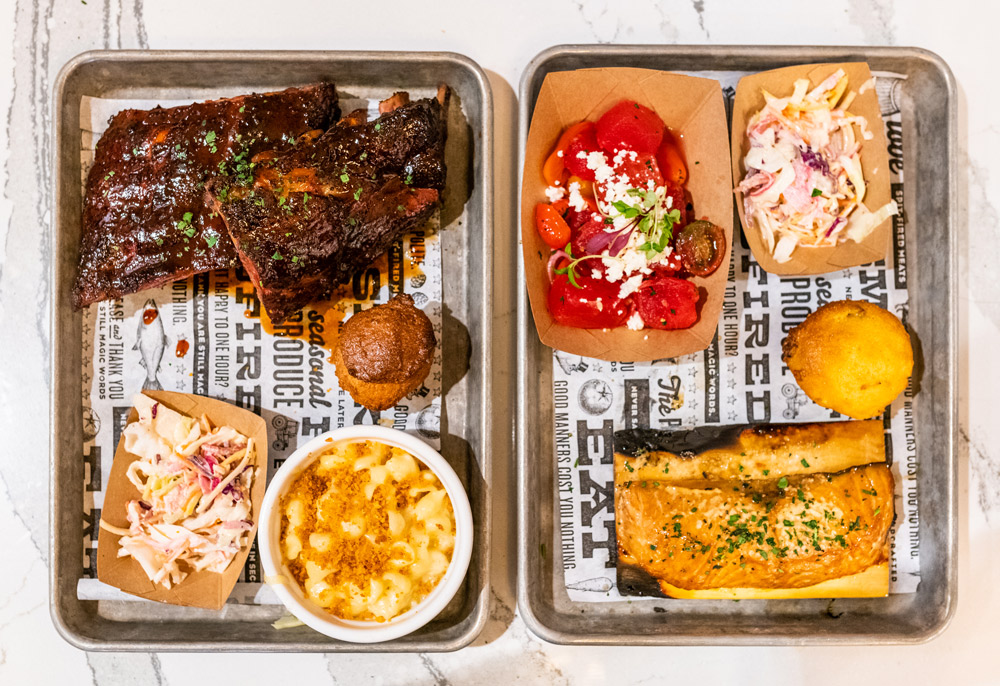
If you already dislike the Disney Dining Plan, you’re predisposed to believe that other changes at Walt Disney World restaurants you perceive as negative are caused by the DDP. Rushed service? Disney Dining Plan. Crowded restaurants? Dining Plan. Hard to book ADRs? DDP. The entree you love removed after 20 years on the menu? That dang DDP! And so on and so forth.
This is only natural, and we all engage in confirmation bias. If you ask me why there’s a mass exodus of guests from Animal Kingdom in the mid-afternoon, I’m going to explain to you that it’s when the average guest arrives in Dino-Rama, and they’re so disgusted that they run for the exit. Okay, bad example…since that one is definitely true! (See what I did there?)
With Walt Disney World finally announcing that the Disney Dining Plan is returning in 2024, we’re once again seeing an increasing number of fears and complaints that it’s going to “ruin” restaurants or the overall quality of cuisine. This post seeks to address those allegations, offering our take on the causes of past woes as well as improvements, the golden ages of WDW dining, and more.
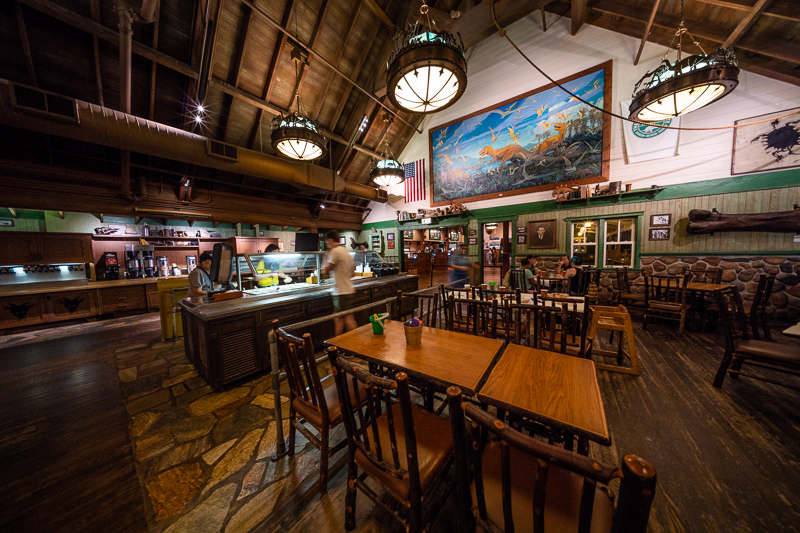
Let’s start with the last few years, during which we have a case study in what the Walt Disney World restaurant experience looks like in the absence of the Disney Dining Plan. Would anyone argue that menus, service, attentiveness, inventiveness, quality, or anything else has improved over the course of the last three years?
There are definitely a few places that are definitely deserving of praise. Citricos is better and more ambitious than it was pre-closure. Steakhouse 71 is superior to the Wave. Space 220 is a great addition to EPCOT, as is Creations Cafe & Eatery. Even Toy Story Roundup Rodeo BBQ is better than expected.

The commonality, of course, is that all of these restaurants are reimagined or new. If anything, the now 2+ year old Space 220 represents the typical ‘trajectory’ of a new Walt Disney World restaurant–start strong and slowly fizzle out as the menu is diluted or changed for the worse.
This is such a common occurrence that we make a point of revisiting restaurants about one year after their opening to see if corners are being cut. In the past, many fans have attributed this to the Disney Dining Plan. Obviously, it’s not actually to blame.

Otherwise, which restaurants have improved at Walt Disney World since February 2020? There are undoubtedly some, but the ones that come to mind are all arguable or taste-dependent. Most of those are the result of new menus–the type of thing that happened with regularity during the DDP days and yielded similar results.
Nevertheless, I don’t think anyone who eats at Walt Disney World restaurants regularly would make the sincere argument that the culinary scene, as a whole, is better today than it was in February 2020. It’s such an implausible position that it’s not even debatable. (With that said, one of the highlights of the 50th was the restoration of fan-favorite menu items, some of which are still around!)
From our perspective, the overall eating experience is just not as fun in ways that are difficult to articulate. There are a lot of little things that are still missing, from meal services to desserts to snack items. One big one, that is seemingly starting to improve, is the quality and depth of seasonal menus. EPCOT festivals, minus Food & Wine, are once again hitting their stride. (The jury is still out on the flagship event–its big new booth last year served french fries, so there’s pretty much nowhere to go but up in 2023!)
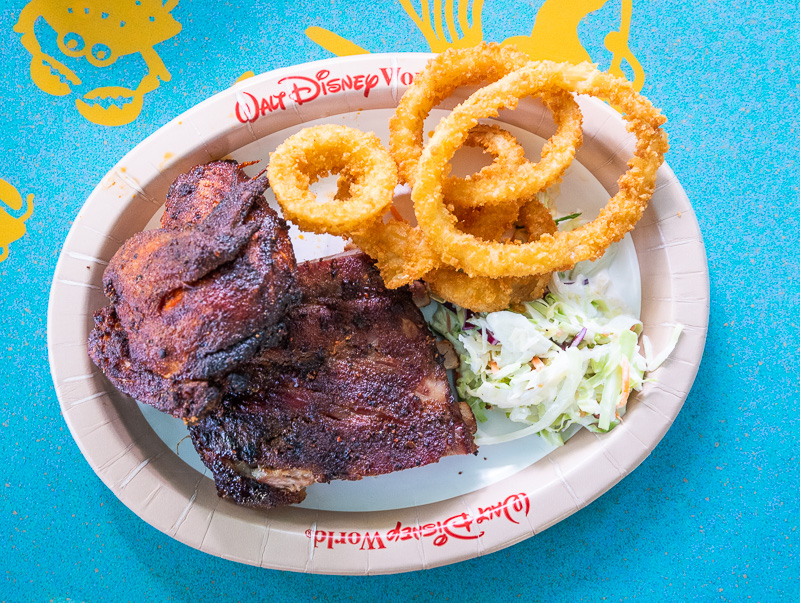
Obviously, a lot of this is the result of externalities. Physical distancing in kitchens and dining rooms initially forced Walt Disney World to simplify menus. Staffing shortages resulted in much of the same. Inflation and higher input costs caused Disney to get “clever” and find ways to modify dishes. The result was substituting suppliers and ingredients, and reducing portion sizes (for “guest waistlines,” naturally!).
All of that worked as an excuse the first couple of years after reopening, but falls flat today. The corner was turned long ago, and all of that could be entirely back to normal. In fairness, everything Disney does takes (way too much) time, so I suspect all of this will slowly continue to improve over the next two years.
With all of that said, you better believe that if the Disney Dining Plan were brought back in July 2020, a lot of fans would have attributed all of the above to it. The DDP had become a boogeyman, to blame for every negative–but nothing positive–that happened with the food scene at Walt Disney World. It surely would’ve been deemed at fault for the last few years, too.
Given that, I think we can probably all agree that the last three years have not been the pinnacle of Walt Disney World dining. So when was?
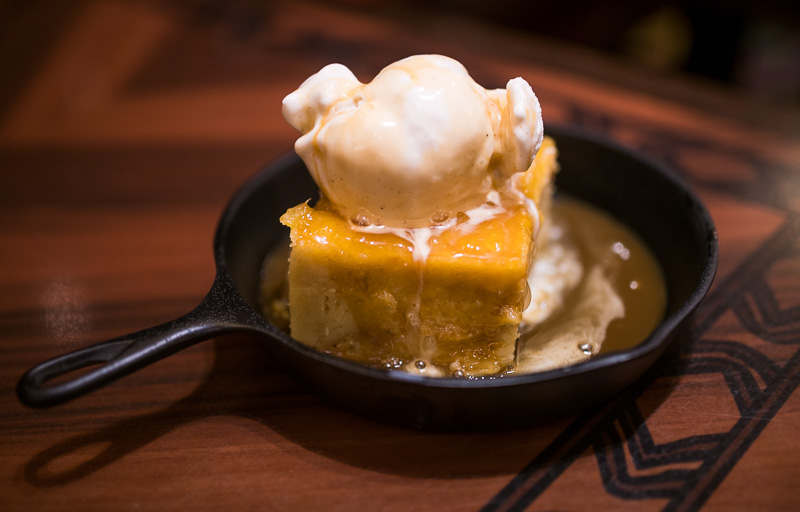
If I were asked about the ‘golden age’ of Walt Disney World dining, I’d initially be tempted to point to when we first started visiting as adults and became self-labeled foodies. The portions were larger and prices were lower, a handful of our then-favorite restaurants peaked (without a doubt, ‘Ohana and Le Cellier were better then), and there are now-extinct menu items that we still think about and wish would return from that era.
Frankly, I think most fans would share similar sentiment–that dining peaked their first few visits. And it doesn’t matter whether your first visit was 1973, 1988, 1996, 0r 2018. This doesn’t mean that food at Walt Disney World has been on a slow, downward trajectory for the last ~50 years.
More likely, it’s that nostalgia is a helluva drug! Collectively, so many of our return trips are about chasing that feeling and those special memories from earlier ones. The flavors were bolder, the scents stronger, the entertainment more emotional, and so on. Not in reality, but in our mind’s eye.
In other words, what we recollect is through the rose-colored glasses of nostalgia. Lots of bias mixed with some truth. I sincerely believe that ‘Ohana and Le Cellier are worse today than they were around 2010. However, when trying to separate sentiment, I have a hard time making the same claim about Flying Fish, Yachtsman Steakhouse, Cape May Cafe, and many others that we loved during our first few visits.
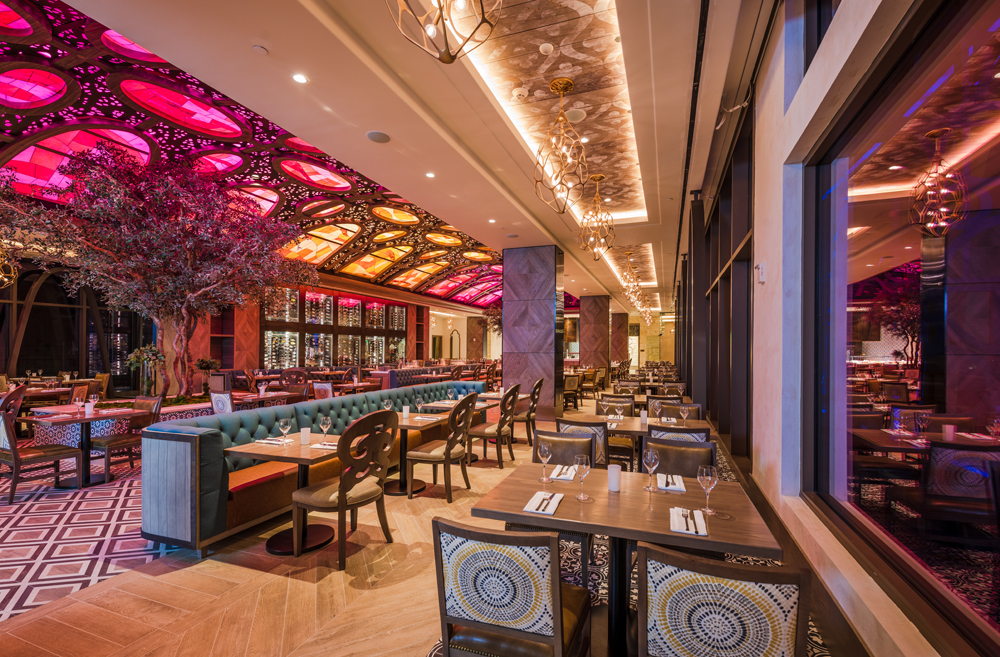
When I think more objectively about the ‘golden age’ of Walt Disney World dining, the answer I land on is December 2019 through March 2020. This is after Gran Destino Tower and Riviera Resorts opened along with the reimagining of Caribbean Beach and Coronado Springs.
All of that added a lot of stellar dining to the culinary landscape of Walt Disney World, with those two towers becoming arguably among the top 5 resorts in all of Walt Disney World for dining. An impressive and unprecedented feat for a Moderate and Disney Vacation Club Resort, respectively.
Not only did that add Topolino’s Terrace and Toledo, two of the best fine dining establishments in all of Walt Disney World, but it also brought the best character breakfast, 2-3 top-tier lounges, a top 5 counter service restaurant (briefly), and the best bakery at any resort. And that’s just a partial list of the culinary enhancements, not including any of the (several) upgrades at both Coronado Springs and Caribbean Beach Resorts.
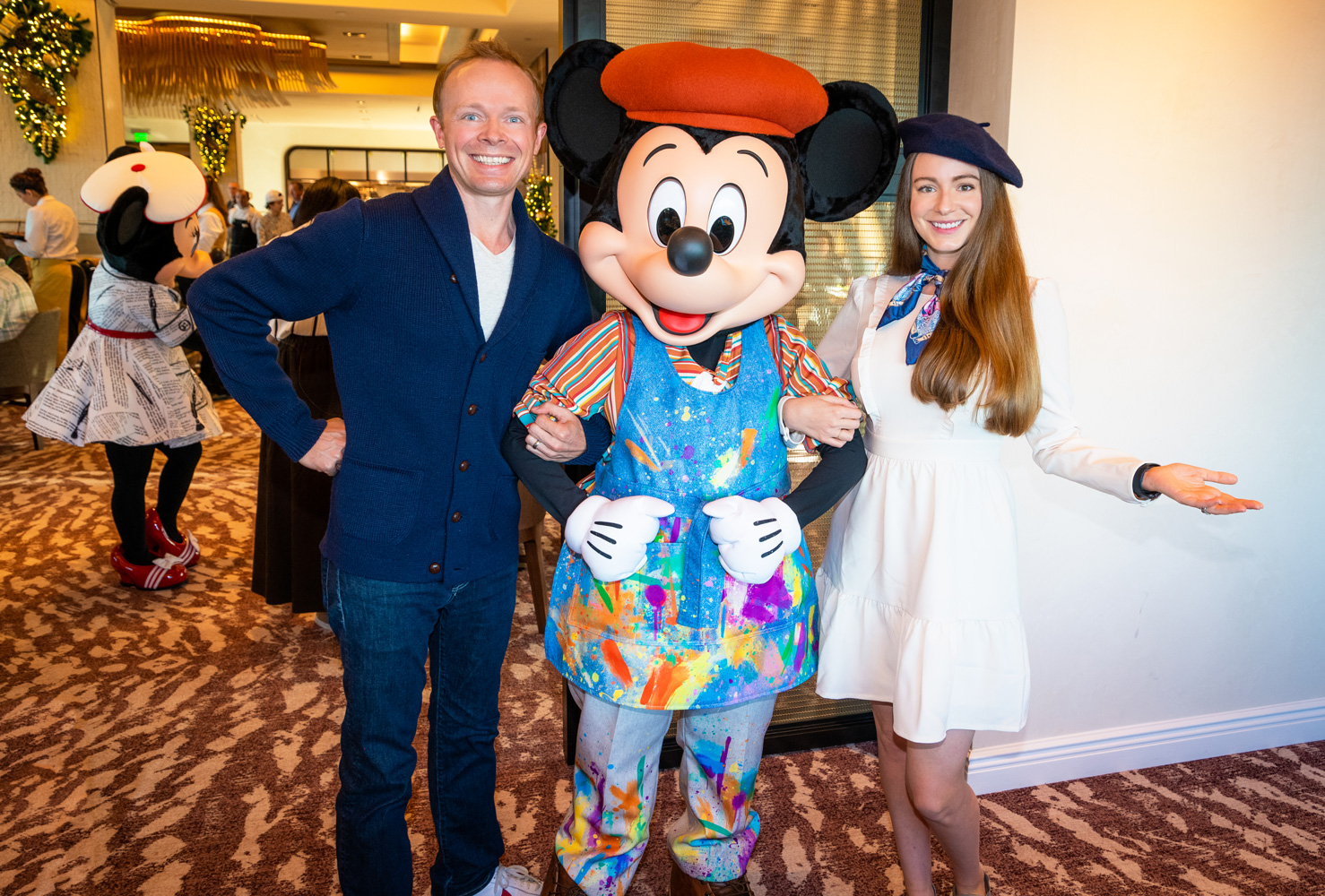
Of those, the most popular meal has been Breakfast à la Art with Mickey & Friends at Topolino’s Terrace. Our restaurant review points out how this is essentially a ‘new wave’ of character dining experiences at Walt Disney World that began with Bon Voyage Adventure at Trattoria al Forno (still temporarily suspended as of Summer 2023) and continued with Storybook Dining at Artist Point.
These are 3 of our top 5 character meals at Walt Disney World (or were, pre-closure), and all have a focus on quality cuisine over quantity. Since their debut, we’ve hoped that Disney would refresh certain other character meals and redo them with a similar approach.
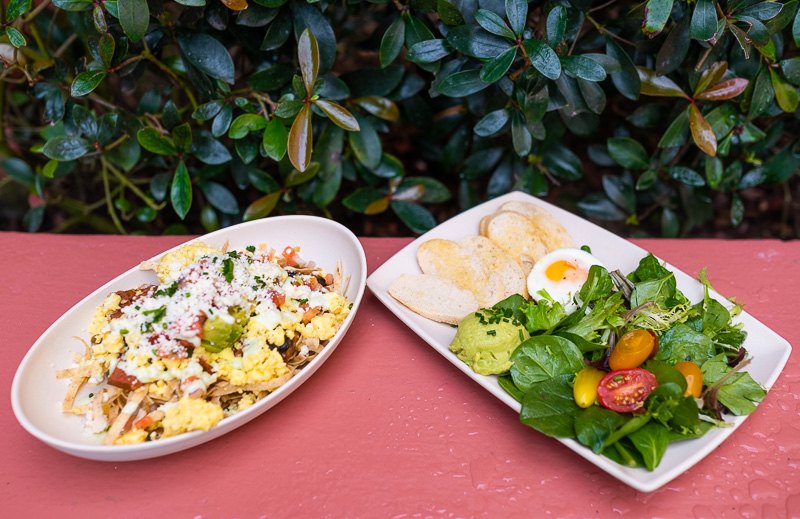
This was also a time when the parks were adding more breakfasts or improving their offerings. Due to the popularity of Star Wars: Rise of the Resistance and opening of Mickey & Minnie’s Runaway Railway, several restaurants in Galaxy’s Edge and Disney’s Hollywood Studios as a whole had started serving breakfast. Some of those options were very good!
Magic Kingdom and EPCOT likewise had improved their breakfast offerings, with more counter and table service restaurants opening early and doing new or expanded breakfast menus. For the longest time, one of our mantras was that Walt Disney World breakfast was a waste of time and money, as the food quality was usually middling. A number of memorable meals and crave-worthy dishes had caused us to more or less retire that saying by early 2020.
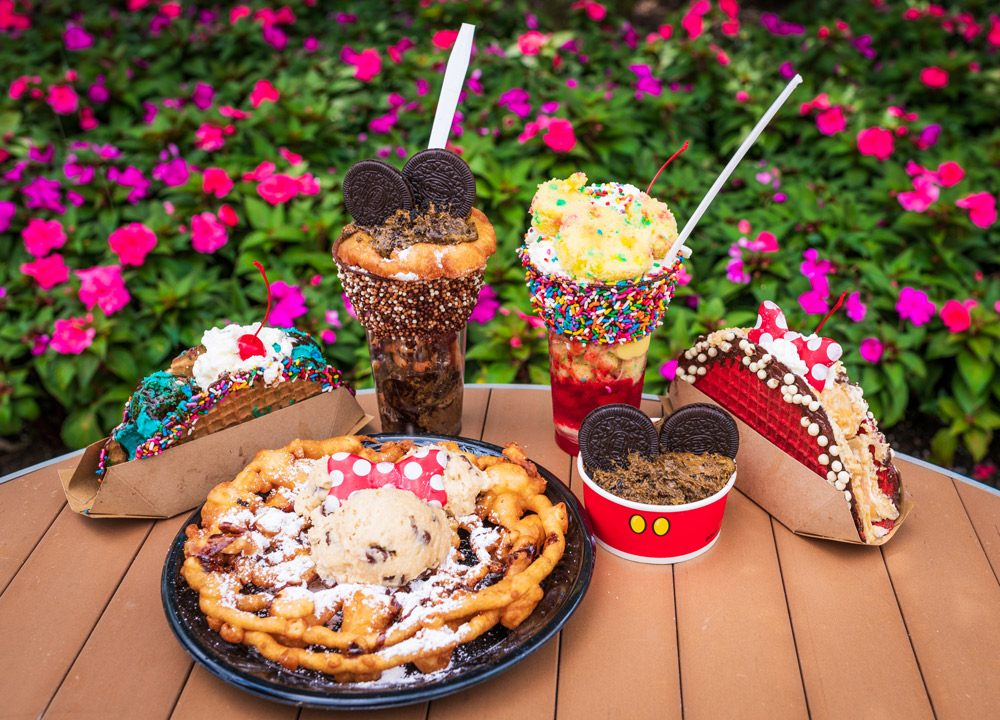
For me, these improvements during the Disney Dining Plan’s heyday speak volumes. There were a lot of culinary changes at Walt Disney World in the ~15 years of the DDP’s initial existence. Some good, some bad. The case can certainly be made that the Disney Dining Plan was a contributing factor for parts of that.
For example, I think that increasing menu prices was “easier” with the DDP, as those going up provided the illusion of value for the many guests who purchased (or were given) the Disney Dining Plan. There’s likely a degree to which menu prices increased during that time that’s attributable to the DDP, sure.
Other arguments are more specious. Claims that the DDP caused the company to dumb-down menus at Sanaa, Tiffins, Skipper Canteen, or other adventurous eateries are unsupported. In our view, that’s an instance of correlation not equaling causation. As noted above, menus often change within a year or two after restaurants open–that’s happened in the last 3 years, too.
That occurs because culinary teams are given creative latitude over the initial offerings…and then reality sets in over time about what guests really want. That’s not a DDP thing, it’s a Walt Disney World guests thing.
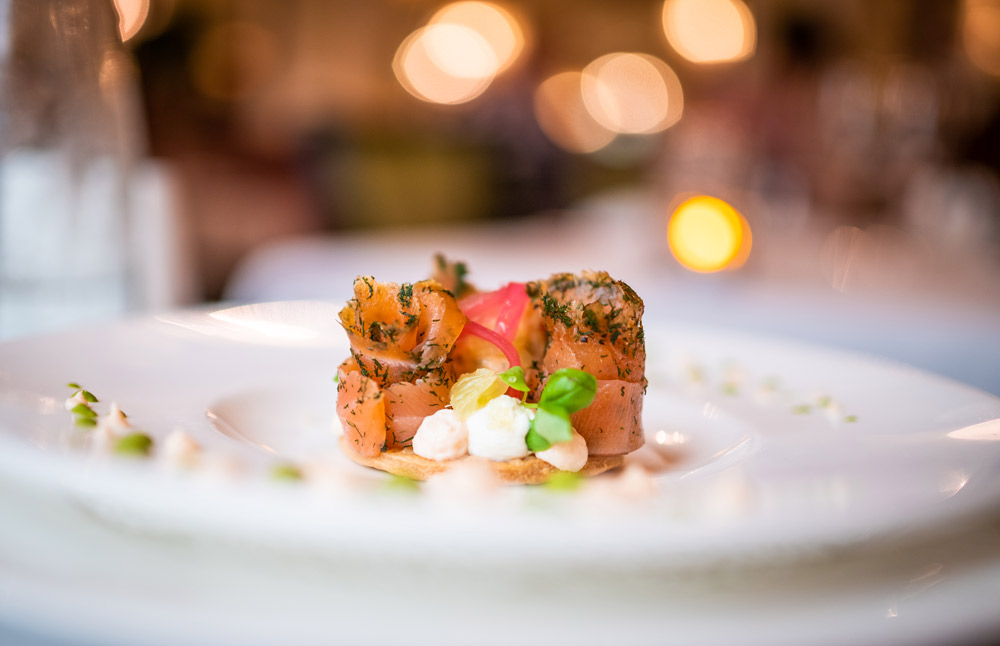
Same goes with general trends around pricing and portion sizes. As noted above, I do think some menu price increases can be blamed on the Disney Dining Plan, but certainly not all–or even most–of them. Simply look at pricing across the board at Walt Disney World in that same timeframe–it exploded everywhere and on everything.
Unless you’re gonna blame the DDP for skyrocketing ticket, resort, and souvenir prices (in which case, you really do hate the DDP!), it’s hard to fault it exclusively for food pricing. As with everything else, Walt Disney World increased restaurant and snack prices because it could–business was booming and attendance was increasing by millions of guests per year. It’s the boring explanation, but it’s the right one.
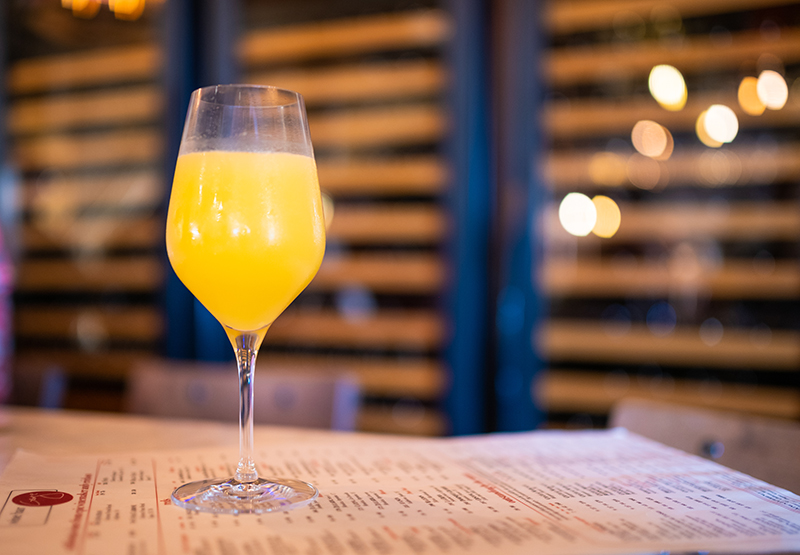
Speaking of overarching trends, that’s actually a big part of why I think the Walt Disney World culinary scene peaked in late 2019 or early 2020. Foodie culture had proliferated in popularity post-Great Recession, reaching its zenith during that exact same window. Much digital ink has been spilled about how Millennials “killed” chain restaurants, and it’s partially true–younger generations helped unique, upstart dining concepts thrive.
Cities throughout the United States became culinary hotspots, with thriving downtowns and destination dining. This was no longer the domain of Los Angeles, New York City, Chicago, and a handful of other major metros. The Midwest, Southeast, and many other cities got in on the action. Even my very small hometown–a farming community–welcomed a couple of high-caliber restaurants (one of which repurposed an old mill with a concept that would’ve fit perfectly into Disney Springs).
Unsurprisingly, this spilled over from the real world into Walt Disney World. The number of unique and ambitious restaurants increased, with the resorts and Disney Springs being the most obvious examples. This happened even with in-park dining, though. The aforementioned Skipper Canteen and Tiffins, Takumi-Tei at EPCOT, and more. And that’s to say nothing of the restaurants that rolled out new and more interesting menus.
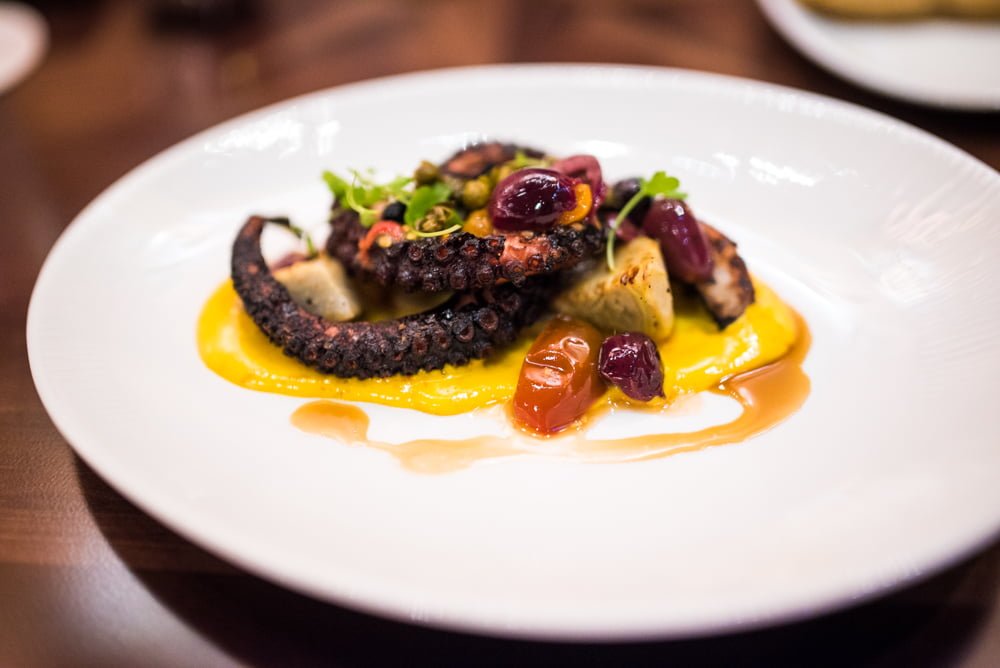
For the most part, we don’t give the Disney Dining Plan “credit” for any of this. It was a broader trend that would’ve consumed Walt Disney World one way or another. However, I also can’t help but compare the two coasts, and see how much more the Florida parks & resorts evolved during that same span than their California counterparts.
Normally, the narrative would be that Disneyland can experiment more with menus because its diverse, coastal audience is more receptive to that, whereas a lot of Walt Disney World’s core demo wants the familiar and comforting. Whether or not you believe that lazy explanation is true (I do not), I don’t think you can seriously contend that Disneyland’s dining quality improved more between 2015 and 2020 than Walt Disney World’s. It simply isn’t true.
Walt Disney World’s culinary lineup exploded during that time to a far greater degree than anything that happened at Disneyland. There are the aforementioned real world explanations for that. There’s also the fact that the Florida parks were chasing more convention and events business, which likely reinforced that goal.
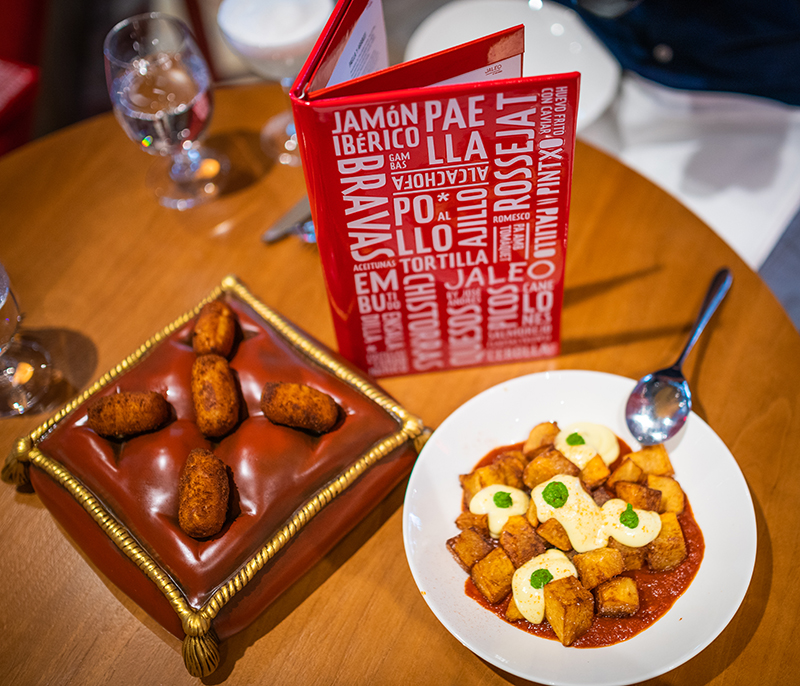
I’d also argue that the Disney Dining Plan gave Walt Disney World the necessary “cover” to take creative culinary risks. The DDP provided a captive audience of sorts for restaurants to push the envelope and experiment with menus that were not a “sure thing” and may or may not resonate with guests.
Because so many visitors were using the Disney Dining Plan and their reservations and spending was already guaranteed, it provided the latitude for restaurants to test things that may fail. Experiments that would not have happened if exclusively reliant on out of pocket spending and competing for customers. In our view, it’s a bit ironic that the Disney Dining Plan gets the blame when some of those experiments failed (and that definitely has happened), but not the credit to try them in the first place.
As a whole, Walt Disney World dining grew so much during that time, whereas Disneyland mostly stagnated. Just contrast Disney Springs with Downtown Disney for the clearest example of that. (To be sure, Disneyland has great restaurants and specific dishes–but very little of that happened from 2015 through 2020.) Even if not solely responsible, the Disney Dining Plan provided the safety net for it to happen.
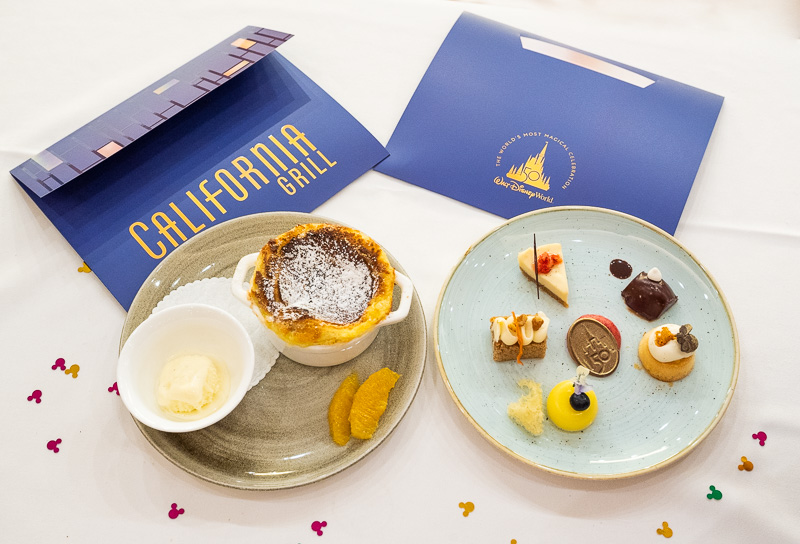
Another thing that exploded during the Disney Dining Plan’s initial run was blogs like this one and social media. Obviously, the DDP did not cause the rise of Facebook, Instagram, or even Disney Tourist Blog dot com. (With that said, if anyone wants to find a clever way to blame the rise of TikTok on Dino-Rama, I’m all ears!)
What I would say is that the Disney Dining Plan was a significant contributing factor for increased interest in restaurant reviews and food topics. Many Walt Disney World fans wanted to know how to use their credits, and were willing to take more gambles and try new things because they viewed the DDP currency like monopoly money. (They weren’t real dollars, so visitors would try things they wouldn’t without that disconnect.)
We fully expect to see another surge in snack and restaurant interest with the return of the Disney Dining Plan. More interest in food topics incentivizes Walt Disney World to make more changes so there’s a steady stream of menu updates and additions. This excites guests, gives them reasons to return, and so forth. All of this feeds into itself. And, unlike a decade ago, “new snacks” is not simply code for cupcakes. (For some reason, cupcakes are still the cliche, but that hasn’t been accurate for a while.)
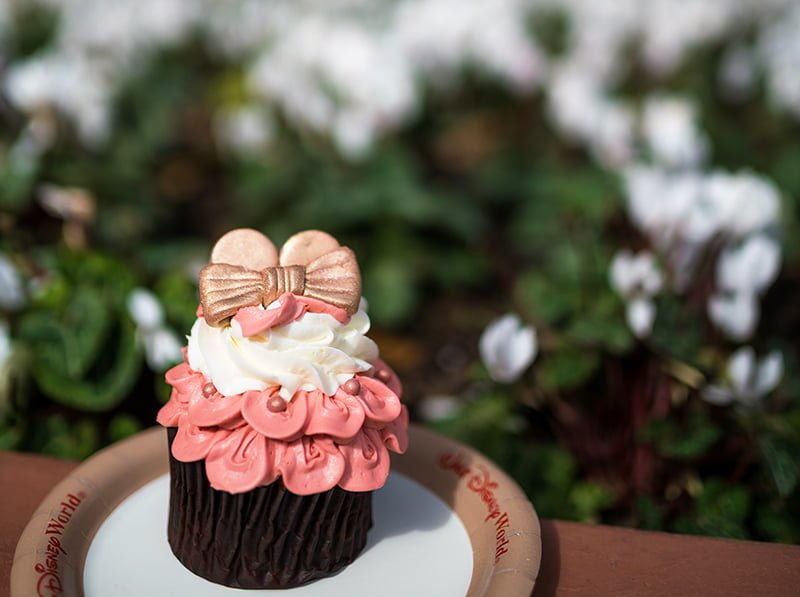
Ultimately, this is a very long-winded way of explaining why we’re looking forward to the Disney Dining Plan returning in 2024 and why the fears of the DDP ruining restaurants are unfounded. Our hope is that the DDP once again provides cover for menu experimentation, and can be a catalyst for the fun little food things that are still missing to return. Although it has no shortage of detractors, the Disney Dining Plan has far more fans–and hopefully renewed interest in restaurants provides the spark that Walt Disney World needs to make more changes and updates.
To be sure, there have undoubtedly been unintended and negative consequences of the Disney Dining Plan. Its original introduction disrupted the culinary landscape in such a way that it necessarily caused changes or complete paradigm shifts. With the good of that, there was certainly also bad. Few changes at Walt Disney World are unequivocally positive or negative for everyone.
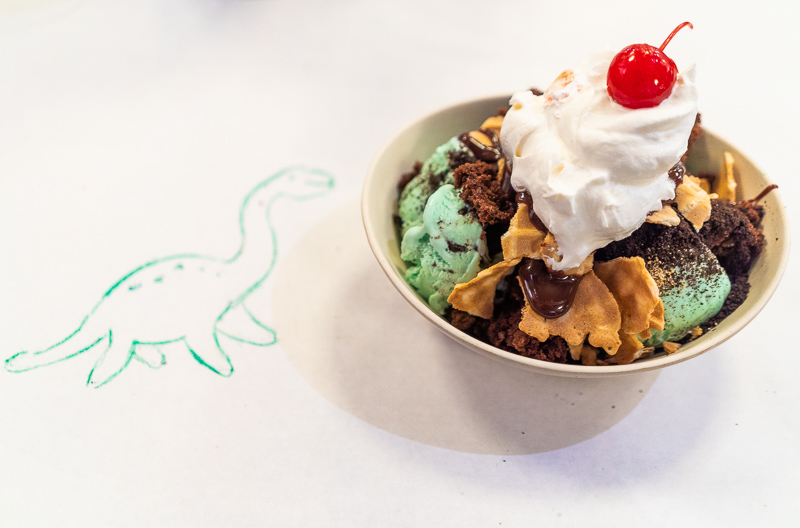
However, this notion that all that ails the Walt Disney World food scene can be blamed on the Disney Dining Plan is utter nonsense. At best, it’s a reductionist and overly simplistic way of blaming something some fans dislike on other things they dislike. At worst, it flatly ignores the actual trajectory of the culinary lineup at Walt Disney World, which was largely improving–not worsening–over the course of the last decade.
The Disney Dining Plan certainly isn’t perfect or even for everyone. As we often point out, the House of Mouse usually wins with it, and only a small portion of guests actually save money or come out ahead with the DDP. But critiquing the Disney Dining Plan doesn’t require hyperbole, and it’s certainly not the worst thing to ever happen to Walt Disney World. Everyone knows the real cause of our woes, and that’s Dino-Rama (which is the favorite land of Bob Chapek, probably).
Planning a Walt Disney World trip? Learn about hotels on our Walt Disney World Hotels Reviews page. For where to eat, read our Walt Disney World Restaurant Reviews. To save money on tickets or determine which type to buy, read our Tips for Saving Money on Walt Disney World Tickets post. Our What to Pack for Disney Trips post takes a unique look at clever items to take. For what to do and when to do it, our Walt Disney World Ride Guides will help. For comprehensive advice, the best place to start is our Walt Disney World Trip Planning Guide for everything you need to know!
YOUR THOUGHTS
What do you think of Walt Disney World bringing back the Disney Dining Plan in 2024? Think that we’re wrong, and the DDP actually did ruin restaurants? If so, in what specific regards–pricing, cuisine quality, service/attentiveness, menu homogenization, or something else? Are you positive none of those things can be attributed to broader factors and are not a matter of correlation? When do you consider the ‘golden age’ of Walt Disney World’s culinary scene? Other thoughts or comments in response to this news? Any questions we can help you answer? Hearing your feedback–even when you disagree with us–is both interesting to us and helpful to other readers, so please share your thoughts below in the comments!



